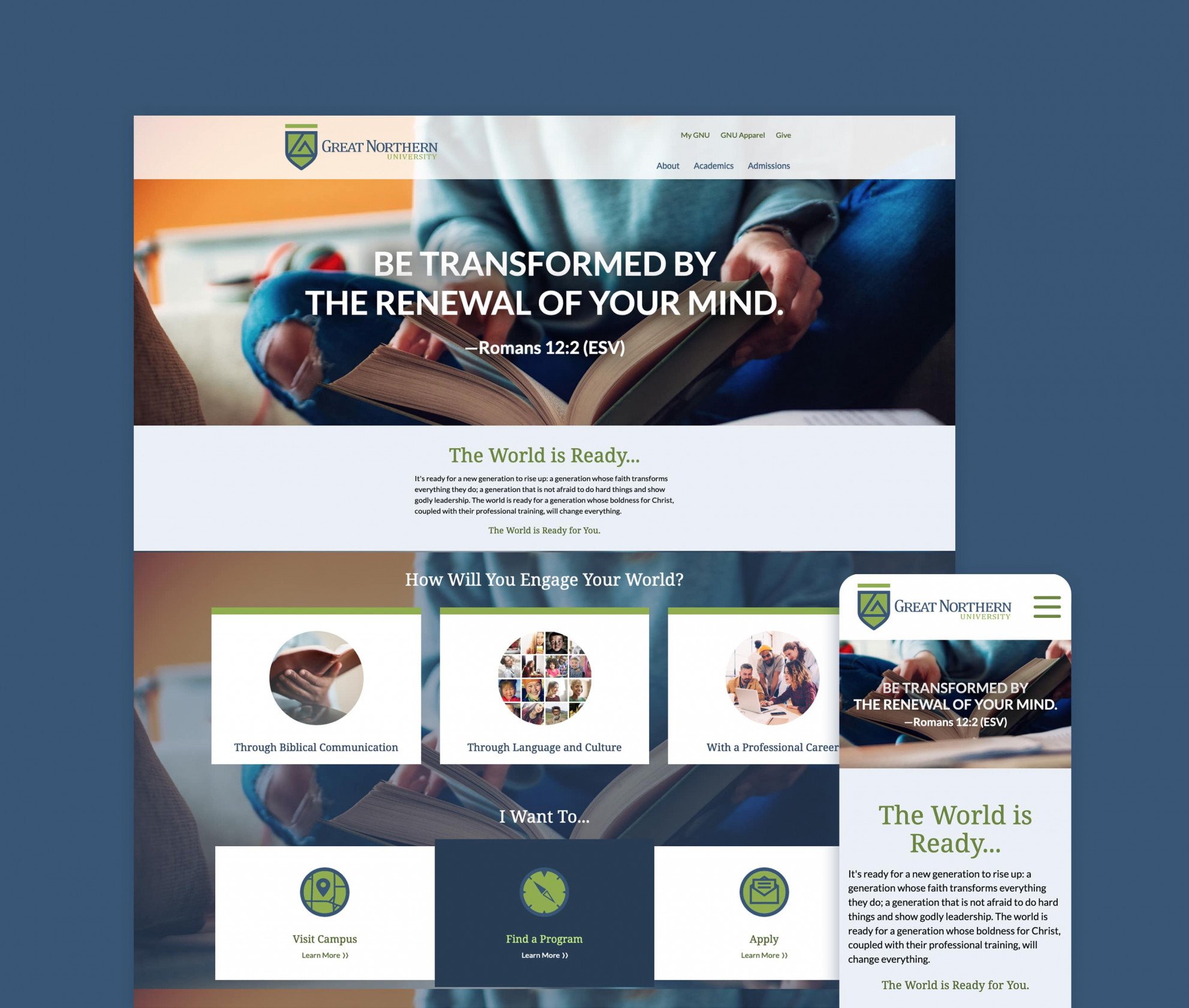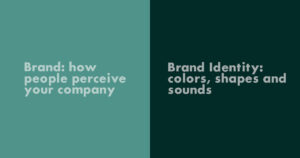8.27.21 | read time: 4 min
The Impact of iOS Privacy Updates
116 & West
If you’re a person who regularly updates their iPhone (or at least has the “automatic updates” button turned on) you probably didn’t notice much when iOS 14.5 plopped itself onto your phone. The one thing that possibly came to your attention was the bubble asking you for your permission for an app to track and use your data. If you’re like 75% of everyone else who uses iPhone apps, you likely said “no,” and went about your day.
This push of a button may have been a minuscule blip in your day, but it has caused an enormous to-do list (like, YUGE) in the world of marketing and advertising.
Let us break that down for you:
Apple is King of the World
If a business wants to have a successful app, they need to make one for the Apple platform—the App Store. Now, the platform definitely tests apps and approves them before it’ll allow them in the App Store, but, as you’ve no doubt experienced yourself, apps have a wide range of user experience and design.
Despite this freedom, no app is really totally in its business’s control. Apple, and the decisions it makes for its iPhone and iPad users, is the ultimate control force for apps. So, that means when Apple decides to update their operating system, businesses and their apps have no choice but to be part of it.
Most of the time, Apple’s iOS updates don’t really impact apps or the app experience all that much. The iOS 14.5 update, on the other hand, was different. Apple decided that businesses should not be allowed to use their customers’ information without the customers’ consent. To make this happen, Apple deployed its App Tracking Transparency prompt (ATT).
When the update was pushed, apps could no longer track how their users behaved, unless the user gave the app their permission. Apps that try to mess with the ATT are blocked from the App Store, and are then subject to at least 50 years in a dank dungeon.
Digital Ads and You
For those of us who use apps and don’t want businesses to collect our data—even if it could be useful to us—Apple’s update is laudable. For companies that need customer data in order to make money, however, it’s a huge problem.
Customers on apps have a unique Identifier for Advertisers (IDFA). As people opt out of sharing this identifier (only 25% of customers have allowed tracking), they’re being removed from targeted advertising.
Companies such as Facebook make a huge amount of money providing customer information to businesses so they can be targeted for advertisements. For brands that want to sell to specific demographics, they rely heavily on that data to make sure their ads get in front of the right people.
A lingerie company, for example, would probably prefer to target women, or would prefer to target women who have clicked on one of their ads previously. Without their permission, however, this company won’t know much about the people to whom they’re trying to advertise, leading to potentially wasted dollars.

Why Personalization Matters
As advertising has moved further into the digital space, advertisers have gotten a lot better at personalizing ads. When companies can tailor their ads to reach a specific audience, the greater the chance those people will click on the ad and, hopefully, do whatever the ad calls them to do: buy, read, experience, donate, etc.
Companies often run campaigns to reach a specific audience. Let’s say a shoe company has a new basketball shoe they’d like to sell. They’ll use customer data from Facebook and other apps to try to sell these shoes to the right people; examples could include:
- men
- interested in sports
- interested in basketball
- has purchased shoes before
- interested in shoes
- makes a certain amount of money
- etc.
This personalization means a lot to advertisers, but it also might mean a lot to consumers. Because brands are so good at targeting, it’s less likely you’ll see an ad you’re not at all interested in. Without personalization, there’s a much higher chance you’ll be fed advertisements with little to no relevance to you.
How Companies are Pivoting to Reach You
Now, don’t think for one second brands are going to stop advertising because of a lack of data. There have already been some workarounds to that hole in targeting data, such as third-party data collectors. More importantly, though, companies are doing their best to learn more about their customers instead of relying on what Facebook data tells them. As consumers, this should be a good thing.
Brands will no doubt be relying more on consumer surveys, focus groups, and person-to-person data collection to learn about their target audience. Businesses will also create more thoughtful, creative advertisements that can better talk to you. Companies may also spend more time collecting emails or other contact information from their customers, so you’ll likely start seeing more emails in your inbox.
If you’re a company who needs some help navigating this new world of limited targeting, we’re here for you!






